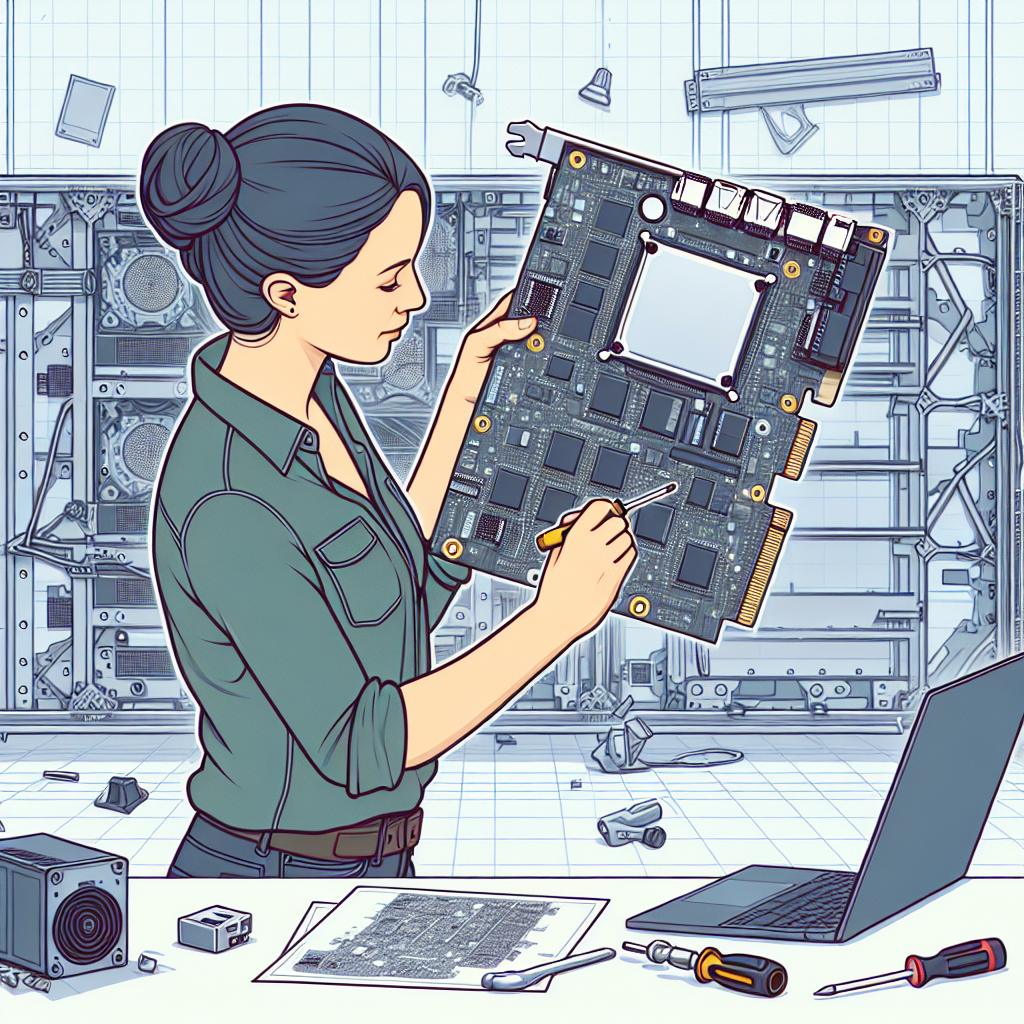Installing a video wall controller card is a crucial step in setting up a video wall system, a display system that can show a single image or video across multiple screens. Whether you are using it in a commercial space, a command center, or for home theater purposes, knowing the steps involved in installing the video wall controller card will save you time and ensure optimal performance.
Tools and Materials Needed
Before diving into the installation process, ensure you have the necessary tools and materials ready. Below is a table summarizing what you will need.
| Tool/Material | Description |
|---|---|
| Video Wall Controller Card | The main component for video wall setup. |
| HDMI/DisplayPort Cables | To connect your controller card to the monitors. |
| Screwdriver Set | For opening the CPU case and securing the card. |
| Monitor Mounts | For securing your monitors in place. |
| Anti-static Wrist Strap | To prevent electrostatic discharge. |
| Multi-monitor Software | Software to manage the outputs. |
Step 1: Preparation
Before installing your video wall controller card, it is essential to prepare your work area and gather all the tools and materials listed in the table above.
Power Down and Unplug Components
First, power down your computer or CPU and unplug all the cables. This step ensures your safety and prevents any electrical mishaps during the installation process.
Anti-static Measures
Always wear an anti-static wrist strap to protect sensitive computer components from electrostatic discharge.
Open the CPU Case
Use a screwdriver to remove the screws securing the side panel of your CPU case. Carefully slide off the panel to expose the internal components.
Step 2: Installing the Video Wall Controller Card
Now that you are prepared, you can install the video wall controller card.
Locate the PCIe Slot
The video wall controller card will typically use a PCIe slot. Identify an available PCIe slot on your motherboard. If needed, refer to your motherboard’s manual for specific instructions.
Insert the Controller Card
Align the connector on the controller card with the PCIe slot on the motherboard. Gently but firmly push the card into the slot until it is fully seated. Secure the card with screws to the case’s slot bracket.
Step 3: Connecting Monitors
With the controller card installed, the next step is to connect your monitors.
Attach Video Cables
Connect HDMI or DisplayPort cables from the controller card’s output ports to each monitor. Ensure each connection is secure and aligns correctly to avoid signal issues.
Mount the Monitors
Securely mount the monitors using monitor mounts, ensuring they are stable and correctly positioned for your video wall configuration.
Step 4: Configuring Software
Once the hardware is in place, the final step is to set up the software to ensure all monitors display correctly.
Install Drivers
After booting up your computer, install the drivers for your video wall controller card. These can usually be found on the manufacturer’s website.
Configure Multi-monitor Setup
Use multi-monitor management software to configure the arrangement and display settings of your video wall. This software will allow you to align screens, set resolutions, and manage inputs effectively.
Troubleshooting
If you encounter any issues during the installation, refer to the troubleshooting tips below.
- No Display: Ensure all cables are securely connected and the monitors are powered on.
- Driver Issues: Verify that you have downloaded the correct drivers for your specific card model.
- Configuration Errors: Double-check your multi-monitor software settings.
Conclusion
Installing a video wall controller card involves several detailed steps but can be accomplished with proper preparation and tools. By following these guidelines, you can successfully set up a video wall that meets your display needs.

